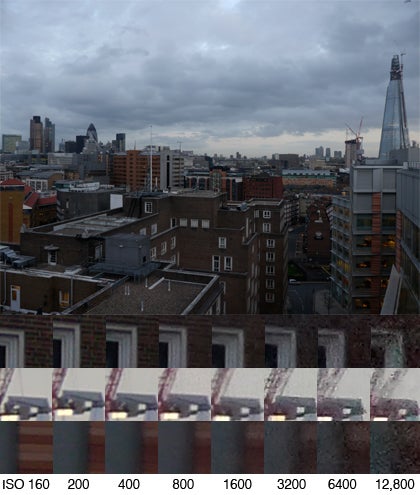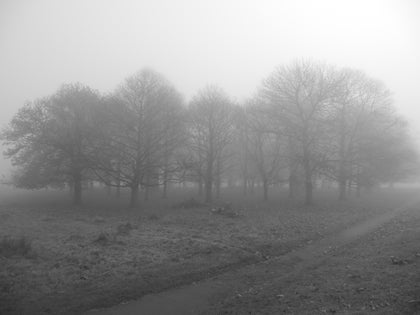The GX1 carries over all the goodness from the G3 and squeezes it into a reimagined GF1-style body. Can the GX1 offer the ultimate Compact System Camera experience? The What Digital Camera Panasonic GX1 review takes a closer look...
Panasonic Lumix GX1 Review
Image Quality
Panasonic Lumix GX1 review – Image Quality
Panasonic GX1: ISO Sensitivity & Image Noise
The GX1 uses the same 16-megapixel sensor as found in the G3 and, as a result, images results are much the same between the two cameras (where ISO settings match).
From ISO 160-200 results are decent and although there is some grain-like structure to be seen throughout images it’s not to the detriment of quality. However, there’s still no ISO 100 setting or lower.
Enough detail is resolved from ISO 160-400, which then dips at ISO 800 where the JPEG processing begins to sharpen results more heavily. In studio testing ISO 1600 began to soften and break down detail, and this rises exponentially from ISO 3200 to ISO 12,800. These latter settings also show far more signs of luminance noise breaking down image detail, plus colour noise seeps in which can render deeper tones and blacks a reddish colour.
However, in the real world the majority of the ISO range, save for the ISO 3200-12,800 settings, are more than usable (even the upper echelons of the ISO range have their uses, but at the expense of loss of colour, sharpness issues and colour/luminance noise presence). The GX1 may not quite fight off a high-spec DSLR, but it produces better results than the Nikon 1 series and the balance of sensor size to physical product feels about right.
Panasonic GX1: Tone & Exposure
The GX1 offers three standard methods of exposure metering – evaluative, centre-weighted and spot.
We found evaluative exposure to err towards underexposure, leading to bracketing shooting for best results. Tones are also towards the darker side of the palette, as contrast is high at standard settings. By default the ‘i.Dynamic’ mode gives a push to shadow areas for a more ‘equal’ exposure, it offers three levels of strength or can be switched off.
Panasonic GX1: Colour & White Balance
The GX1’s shots have rich and standout colours that look realistic. Other Photo Style options (Standard, Vivid, Natural, Mono, Scenery, Portrait and Custom) will shift the colour and contrast to varying degrees.
There’s also a ‘Creative Control’ option on the main mode dial that provides access to Expressive, Retro, High Key, Sepia, High Dynamic Range and new Toy and Miniature shooting options. It’s even possible to shoot an original Raw shot when one of these modes is selected, so you’ll never have to sacrifice final quality if the given effect isn’t quite what you want. The division between these two categories, however, seems unnecessary: if the Photo Style options were bundled in with the Creative Control options (or vice versa) then everything could be accessed from one space.
The GX1’s Auto White Balance delivers the goods throughout a variety of scenarios and includes a selection of presets that includes natural, fluorescent and flash lighting.
Panasonic GX1: Sharpness & Detail
The inclusion of a new power zoom 14-42mm lens won’t make a great deal of difference to image quality compared to the standard 14-42mm lens. Both options lack that pin-sharpness but there are plenty of other lenses out there to choose from – a current tally of 25 Micro Four Thirds lenses exceeds all other Compact System Camera ranges on the market.






